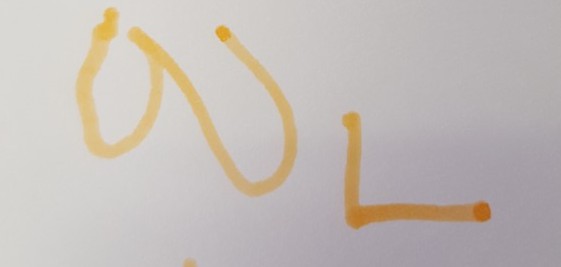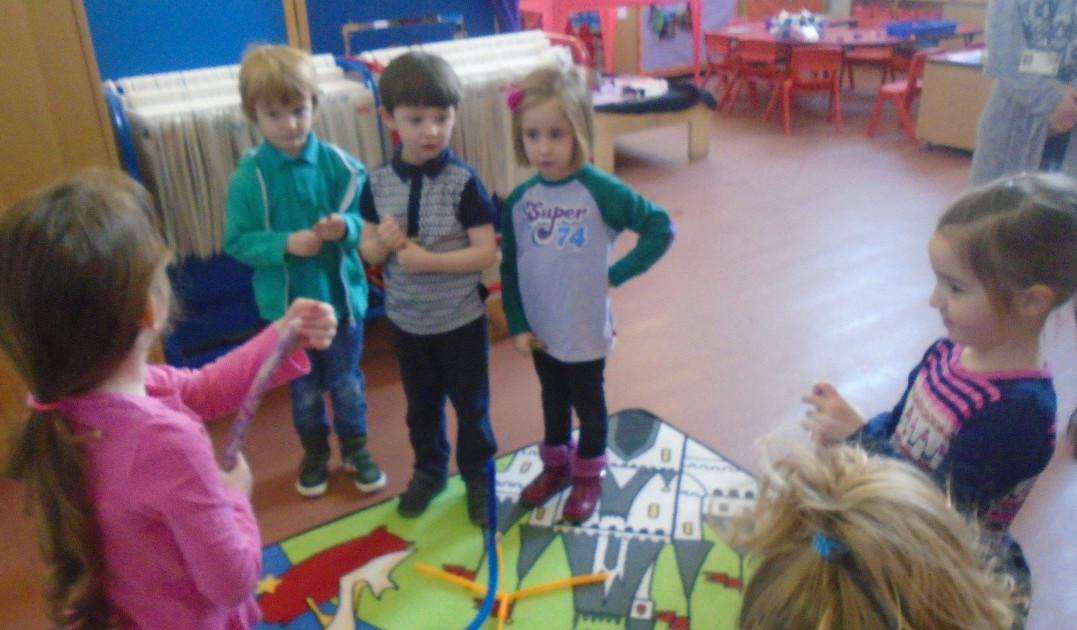Following our success with our air pressure rocket, and Gracie’s suggestion, we decided to make an attempt to create our own rocket fuel to blast a bottle rocket into the air.
The ingredients for the explosion were the usual bicarbonate of soda and vinegar.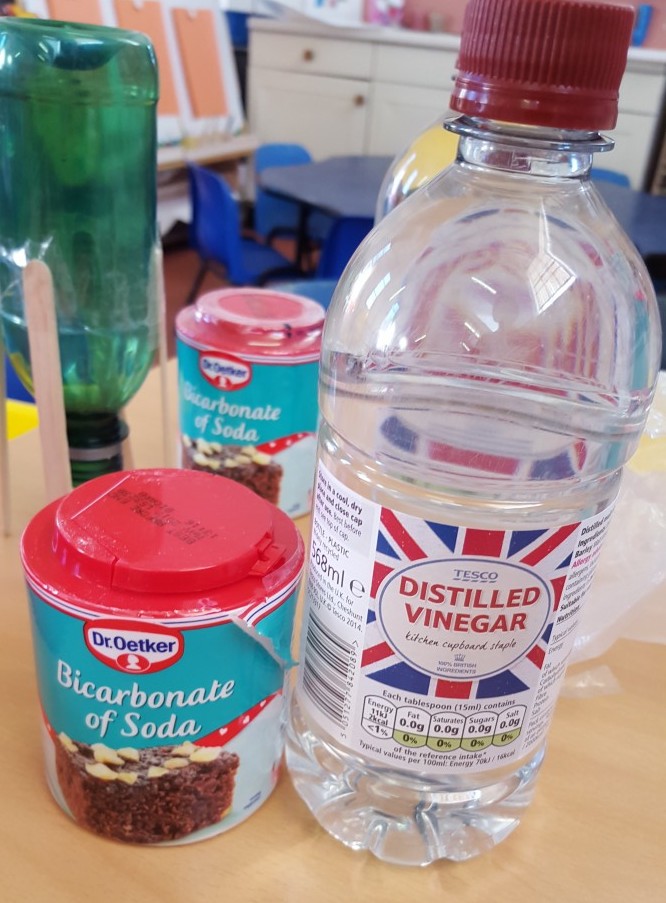
There were a range of predictions as to what would happen when we mixed the two (The main building children have not yet explored this mixture and so had no prior nursery experience to base these predictions on).
“Yass”[mimes blasting off into the air] “Blast Off!” – Iona
“It might come down,” -Eilidh
“Blast up” – Natalie
“It’s going to blast into space!” – Lauren
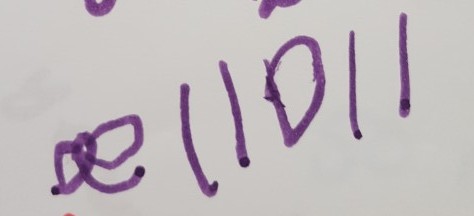

Brandon even wrote his prediction clearly that it would go..
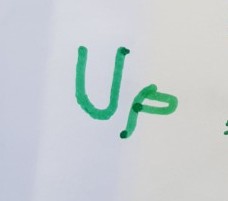
However some of the children showed a great level of awareness and applied it to their prediction (or maybe they could just smell the vinegar soaked into my clothes!
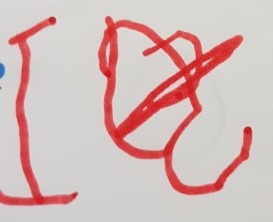
“It’ll mess everywhere” -Amy M.
We discussed ways of staying safe (staying well back, only Ailie was to touch the rocket when the bicarbonate of soda was added).
There was a debate about how long it would take to blast off.
“Fast” – Urban “3 minutes”- Lauren
“50 minutes” – James S. “4 minutes”- Amy M.
Well there were a range of results. Most of the attempts in the morning resulted in gentle fizzing and the plug gently popping out. Not exactly the blast we had hoped for.
“When we put the first one down it didn’t blast off, it just went EVERYWHERE!” – Gabi
“It fell over and poured out.” – Urban
However we had a couple of explosions!
“It exploded!” – Eilidh
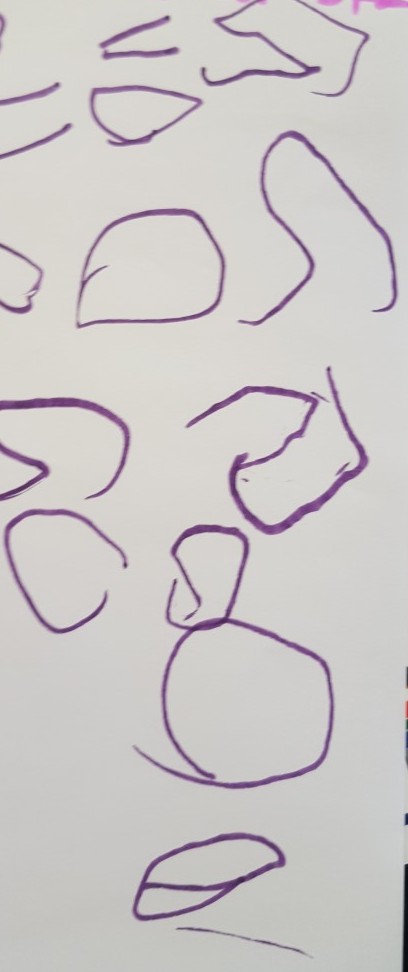
“It exploded like a bomb!” – James
Unfortunately the successful rockets were so fast that we couldn’t get a photograph!
So we reviewed the experiment and came up with some ideas on how to improve….
“We need to fix it!” – Urban
“Make some things that would keep it on.” – Alf
In the end the most successful attempts were made using the plug that the vinegar bottle came with.
 So why did it blast off (eventually)?
So why did it blast off (eventually)?
Well the vinegar and bicarbonate of soda reacted and created a gas. The pressure of the gas expanding in the bottle pushed the plug and gas out of the bottle with great force, pushing the bottle into the air!
Hmmmmmm
Now there’s a question!
Well we could capture gas in a balloon to let us think about it.
We had to have a wee look at the static electricity generated by the balloon and the effect it has on our hair.
I think we need to have a wee look at balloons and gas next!
Please remember to leave a wee to comment share the learning!
And why not see if you have better luck than I with the rocket? There are various youtube video tutorials telling you how. Let us know how you get on!
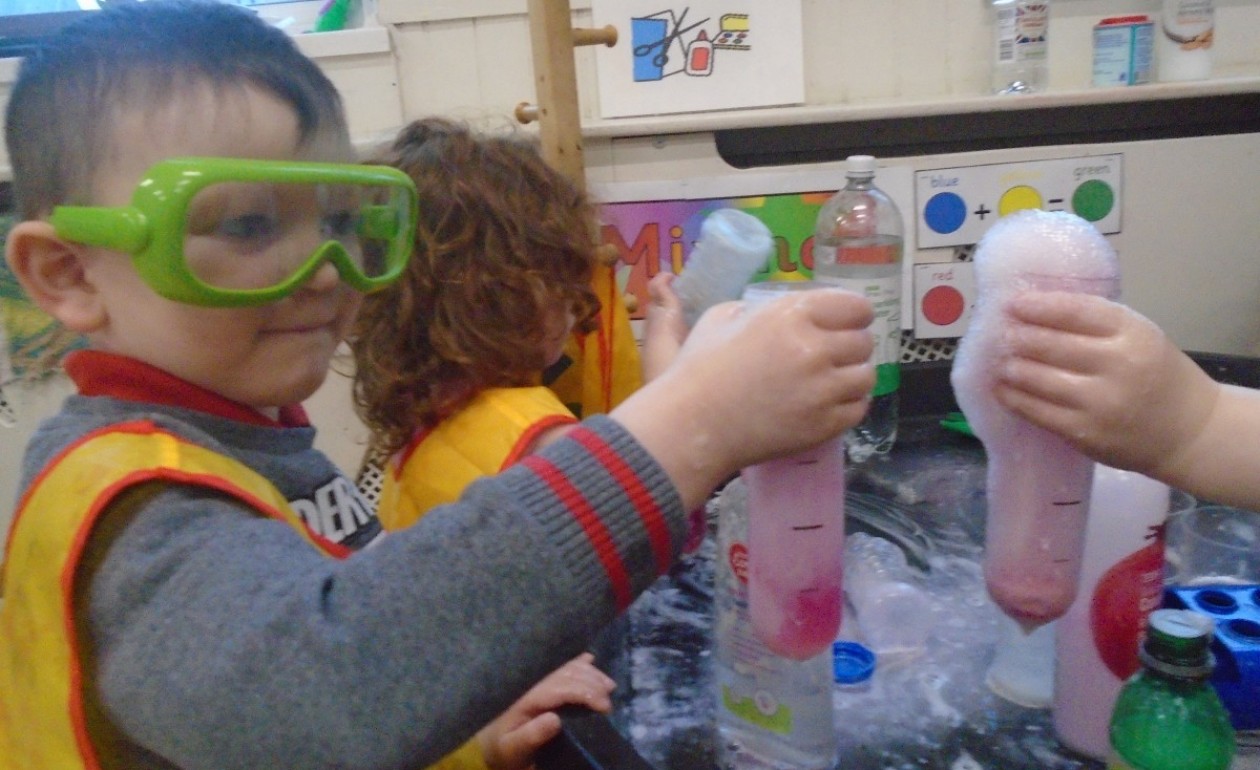









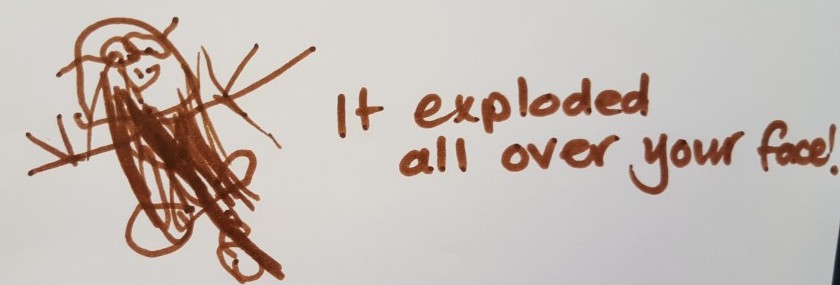








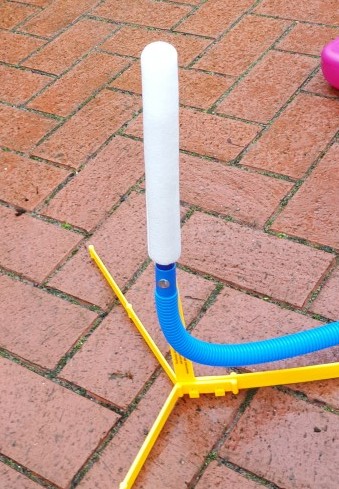












































 ).
).





